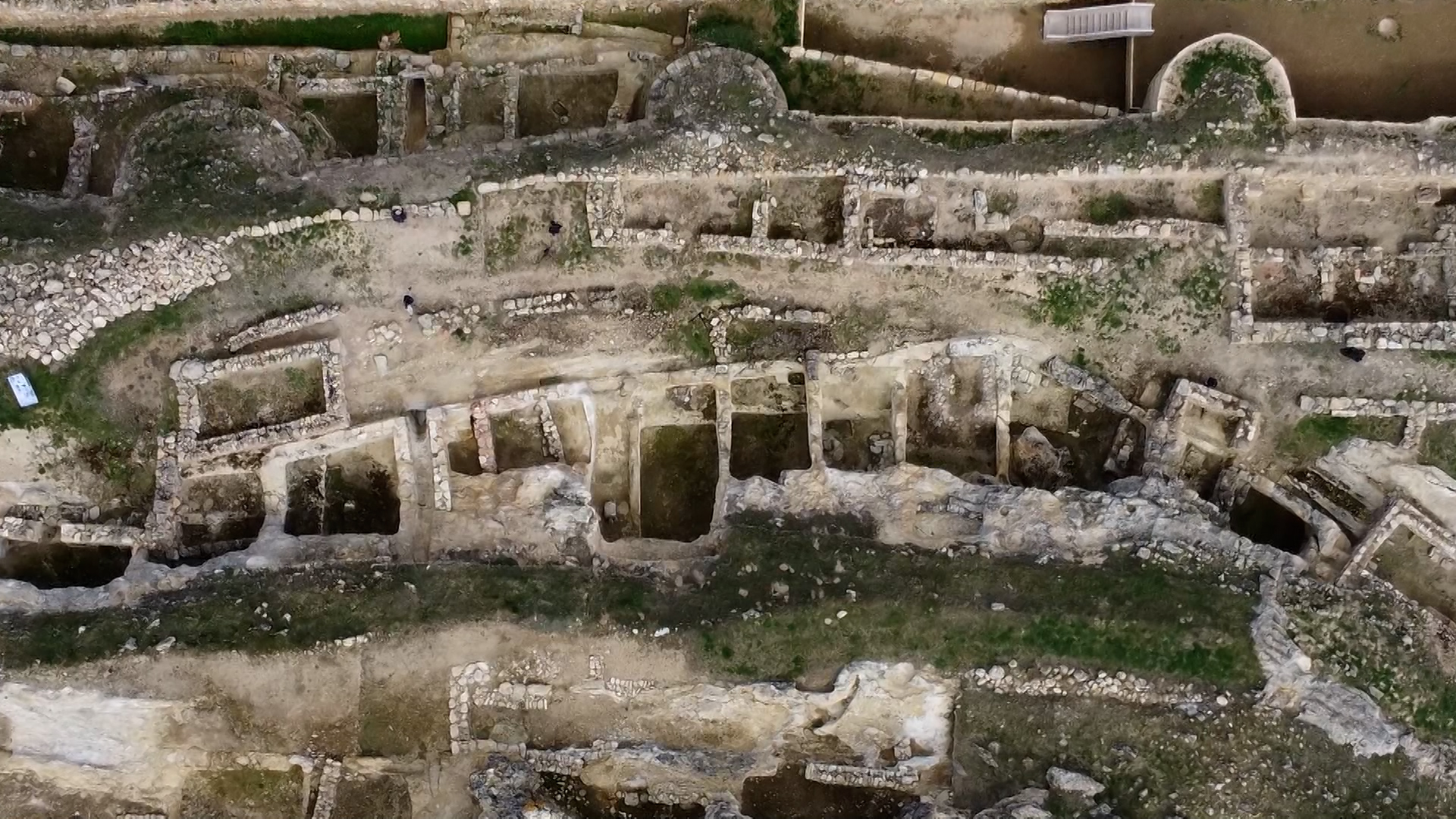Contrebia Leucade
Contrebia Leucade was the name given to a city of Celtiberian origin.
Its history dates back to the early Iron Age, it has a high historical content from its prolonged use during almost two thousand years after being home to Celtiberian, Roman and Visigoth peoples. Its ruins have been preserved to the present day in relatively good condition. Its geographical location is in the south-east of La Rioja, in the municipality of Aguilar del Río Alhama.
Its importance through history is shown by authors like Tito Livio, who named the city of Contrebia Leucade when telling the story of the end of the Sertorian War that confronted Pompei and its allies with backers of Sertorius in the 1st century BCE.
The city is located at a middle point along the course of the Alhama river halfway between Gracurris and Numancia, which gives it special importance because it controls one of the most direct paths connecting the Ebro valley and plateau, especially in times of war. Because of that, one of the foremost reasons for its construction was, certainly, strategic and defensive.
Contrebia Leucade, listed as a place of cultural interest in 2013 in the category of archaeological area, stands out because of its defence system, urbanism and water supply system.
To obtain water, the inhabitants undertook building projects without precedent in the Celtiberian world. There are two access points that connect the inside of the city with the water table of the Alhama river to ensure the water supply in the city itself.
But Contrebia Leucade is famous for its impressive defensive system, especially for the walled moat carved out of the rock that is around 700 metres long and 8 metres deep. The defensive structure involved extracting 40,000 cubic metres of stone that was reused to build the wall.

